Wholesome Baby Food Made Simple – 10 Steps For Parents
Over the next few minutes, you’re going to discover how to fuel your little one’s growth with wholesome, homemade baby food. It’s not just about convenience; it’s about giving your child the best nutrition right from the start. Making baby food at home is simple, economical, and incredibly rewarding. In just 10 straightforward steps, you’ll learn how to craft tasty, nutrient-packed meals that your baby will love, keep them safe from harmful additives, and enhance your bond with them through food. Let’s dive in and make mealtime meaningful!
Key Takeaways:
- Simple Steps: The guide breaks down baby food preparation into 10 manageable steps, making it easy for parents to follow.
- Nutrition Focus: Emphasizes the importance of providing nutritious options, ensuring babies receive necessary vitamins and minerals.
- Homemade Benefits: Highlights the advantages of homemade baby food over store-bought alternatives, including freshness and customization.
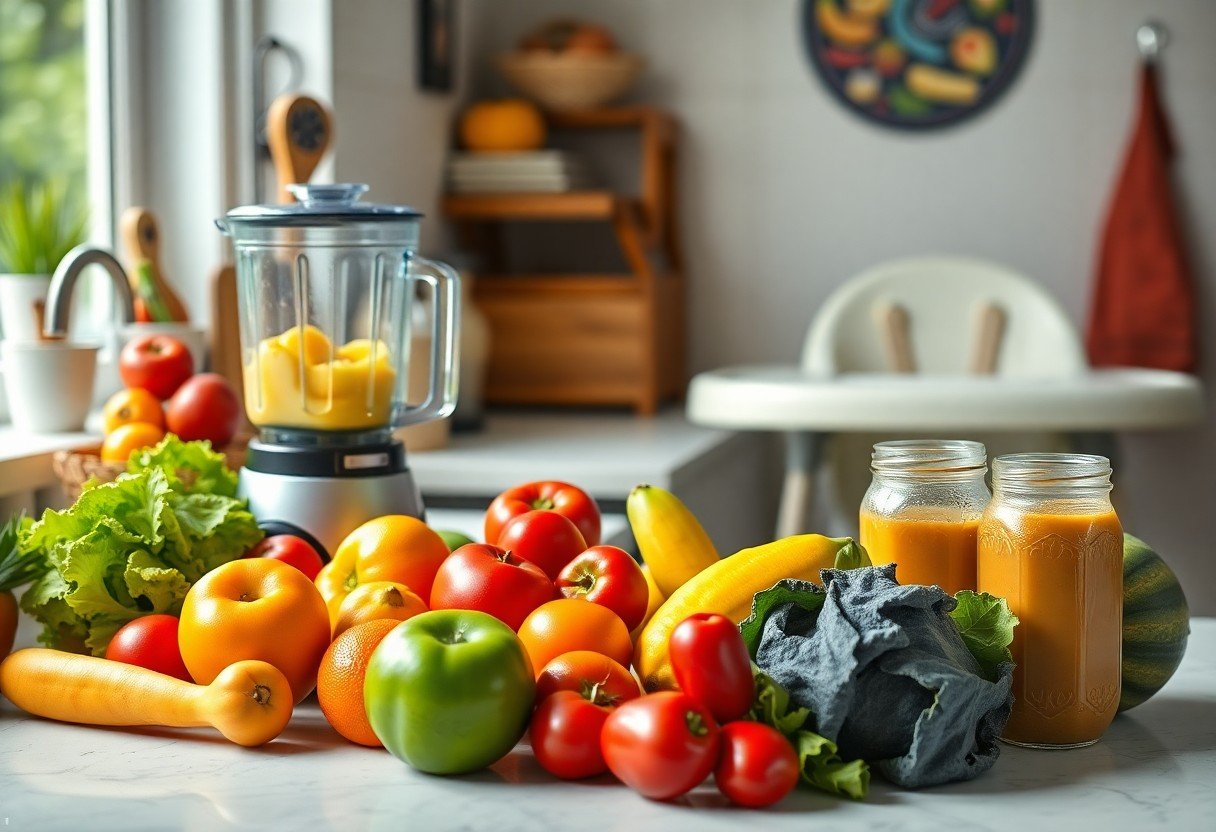
Why Homemade Baby Food?
For parents navigating the vast world of baby food, going homemade provides control over the ingredients, ensuring your little one gets the most wholesome options possible. Preparing food from scratch allows you to cater to your baby’s unique tastes and dietary needs while avoiding added sugars and preservatives often found in store-bought alternatives. This journey into homemade food can not only nurture your baby but also create bonding moments as you experiment with flavors together.
Nutritional Benefits
Food that you prepare at home is significantly fresher and more nutritious than pre-packaged options. You can choose organic produce and avoid unnecessary additives, ensuring your baby receives a diet rich in vitamins and minerals. Homemade baby food allows for the exploration of diverse ingredients that support their growing bodies, fostering healthy eating habits for years to come.
Cost-Effectiveness
Among the many perks of making your baby food is the potential to save money. When you prepare meals from scratch, you’re not only cutting out the premium prices that come with branded baby food but also creating larger batches that can be easily frozen for later use.
In fact, by investing a little time into homemade baby food preparation, you can see significant savings. Store-bought jars and pouches can add up quickly; however, purchasing fresh fruits and vegetables in bulk allows you to whip up nutritious meals for a fraction of the cost. Plus, you’ll waste less packaging, making homemade baby food not just wallet-friendly but also a step towards a more sustainable lifestyle. When you prioritize homemade, you’re not just prioritizing your baby’s health; you’re also giving yourself a breather on the wallet!

Essential Tools for Making Baby Food
Assuming you want to provide your little one with the best nutrition, having the right tools will make the process easier and more enjoyable. You don’t need a fancy kitchen set-up; just a few crucial items will help you whip up healthy meals for your baby without breaking a sweat. Let’s examine what you really need to get started!
Must-Have Equipment
Any parent looking to create homemade baby food should invest in a blender or food processor. These machines allow you to easily puree fruits and vegetables to achieve that smooth texture your baby needs. A steamer is also a great addition, as it preserves nutrients while cooking. You might also want to pick up some ice cube trays for portioning, and of course, storage containers to keep your baby food fresh and ready for use.
Kitchen Hacks
By getting a little creative in the kitchen, you can save time and effort while making baby food. You can batch-cook on weekends, using different fruits and veggies to keep things interesting for your little one. Freeze individual portions, so you have quick meals on busy days. You can even use leftover purees as smoothie ingredients or add them to your own dishes to minimize waste. It’s all about maximizing that efficiency and keeping your meal prep fun.
Hence, embracing these kitchen hacks will transform your baby food-making process from daunting to delightful. For instance, using leftover purees in your smoothies not only minimizes waste but also adds a nutrient boost to your meals. Similarly, storing purees in ice cube trays allows for easy grabbing and ensures you have perfect portions ready for your baby’s next meal. By leveraging your stash of frozen goodness, you’ll find yourself in a groove, reducing stress, and creating healthy meals that keep your baby happy and thriving!
Choosing the Right Ingredients
All parents want the best for their little ones, and choosing the right ingredients for homemade baby food is a game changer. Prioritize freshness, quality, and nutritional value when shopping, and consider your baby’s taste preferences as they grow. Dive into the exciting world of flavors and textures, and make baby food that’s not only good for health but also bursting with love and creativity.
Organic vs. Non-Organic
On your journey of making baby food, you might wonder whether to go organic or stick with non-organic produce. Organic foods often boast fewer pesticides and chemicals, making them a popular choice for health-conscious parents. However, you can still find healthy, non-organic options. Focus on what works for you, while prioritizing variety and freshness.
Seasonal Produce
Any time you can incorporate seasonal produce into your baby’s meals is a win! Fresh fruits and veggies are packed with flavor and nutrients that can support your little one’s health. Seasonal produce tends to be fresher and often more affordable since it’s readily available. You not only embrace the best that nature offers but also encourage a diverse palate. Your baby will benefit from tasting the essence of each season as you whip up delicious meals!
In addition, selecting seasonal produce means you’re engaging with your local agricultural community while also positively impacting the environment. By choosing what’s in season, you are maximizing the nutritional values and flavor profiles of each ingredient. This approach not only keeps meals exciting but also fosters an appreciation for nature’s rhythm in your child. Trust me, your creative homemade baby food adventure is about to get a whole lot more flavorful!
Step-by-Step Process for Making Baby Food
Despite the overwhelming amount of information available, making baby food can be straightforward and rewarding. Follow these simple steps to ensure you provide your little one with the wholesome nutrition they deserve.
| 1. Choose Ingredients | Pick fresh, organic fruits and vegetables. |
| 2. Wash Thoroughly | Clean all produce to remove dirt and pesticides. |
| 3. Peel and Chop | Remove skins and chop into small pieces. |
| 4. Cook | Steam or bake until soft; preserve nutrients. |
| 5. Blend | Puree until smooth; add water for desired consistency. |
| 6. Cool | Let the food cool before serving. |
| 7. Store | Use airtight containers to keep baby food fresh. |
| 8. Label | Always mark your containers with date and contents. |
| 9. Serve | Warm the food to room temperature for your baby. |
| 10. Clean Up | Disinfect surfaces and utensils used during preparation. |
Preparation
Around getting ready to make baby food, it’s vital to create a clean and organized workspace. Gather all your ingredients and necessary tools, like cutting boards, knives, and blenders, to ensure your cooking process runs smoothly.
Cooking Techniques
StepbyStep, the cooking techniques you choose can have a significant impact on the nutrient retention of the food. Techniques like steaming or baking maximize flavor and preserve necessary vitamins. Avoid using microwaves if possible, as they can degrade nutrients.
And, while you cook, stay attentive—overcooking leads to a loss of nutrients and can negatively impact the flavor of the food. Always ensure that your produce is tender without being mushy; use a fork to test before blending. The goal is to provide your baby with the best taste and nutrition. Utilize methods like steaming to lock in goodness while still making the food easily digestible for your little one.
Storage and Safety Tips
Now that you’ve prepared some delicious homemade baby food, it’s vital to focus on storage and safety. Follow these key tips to keep your little one’s meals fresh and nutritious:
- Use airtight containers to preserve flavor and nutrients.
- Label all jars with content and date.
- Refrigerate leftovers promptly and limit storage to 48 hours.
- Always check for spoilage before feeding.
The goal is to ensure your homemade baby food remains safe and wholesome!
Best Practices
Below are some best practices to ensure maximum freshness and safety of your baby food. Keep meals in glass containers where possible, as they don’t leach chemicals like plastic can. Always cool your food completely before putting it in the fridge or freezer, and avoid overfilling containers to allow for proper expansion during freezing. Also, regularly clean your equipment to prevent exposure to harmful bacteria!
Freezing and Thawing
Freezing baby food is a game changer, letting you store multiple meals for your little one! Start by portioning the food into ice cube trays or silicone molds, which makes reheating easy. Never leave food out to thaw—always place it in the refrigerator or use the microwave, making sure it’s hot enough to kill off any bacteria.
Also, it’s important to practice smart thawing techniques. When you freeze your baby food, ensure you’re using freezer-safe containers and don’t freeze food for longer than three months. Always thaw by transferring to the fridge overnight, and heat to at least 165°F to eliminate any potential pathogens. Your goal is to keep your baby’s meals safe and nutritious, so don’t cut corners!
Flavor Profiles and Recipe Ideas
Not all baby food has to be bland! You can mix up delightful flavors that your little one will love. Get inspired by various flavor profiles and check out How to Make Homemade Baby Food. From sweet to savory, introducing diverse tastes can be a fun adventure for you and your baby!
Classic Combinations
One of the best ways to start your baby on solids is with timeless flavor combinations. Think mashed bananas with oatmeal, or pureed peas and carrots. These sweet and savory pairings provide the right balance and are gentle on their delicate tummies!
Adventurous Flavors
Against the conventional approach? It’s time to get bold! It’s not just about apples and sweet potatoes anymore. You can mix up flavors like sweet potato with a hint of cinnamon, or spinach paired with pear for a unique twist. Bring on the taste that spurs excitement!
Combinations like these can elevate your baby’s palate and create an amazing food journey. Introducing exotic ingredients such as avocado, ginger, or even mild herbs can entice your child’s taste buds, making mealtime an adventure. Just ensure any new ingredient is introduced one at a time, in case of allergies. Get creative—having fun while exploring flavors is the way to go for you and your baby!
To wrap up
To wrap up, making wholesome baby food doesn’t have to be a daunting task. With these 10 simple steps, you’ve got the power to create nutritious and delicious meals that your little one will love. Embrace this journey and channel your creativity – be the culinary rock star in your baby’s life! Trust me, your baby will thank you, and you’ll feel like an absolute champion. So roll up your sleeves, get cooking, and enjoy the process! You got this!
FAQ
Q: What are the 10 steps outlined in ‘Wholesome Baby Food Made Simple’?
A: The book outlines a simple process for making homemade baby food. The 10 steps typically include planning meals, choosing seasonal and fresh ingredients, prepping fruits and vegetables, cooking them (steaming, boiling, or roasting), pureeing the food to the desired texture, storing it in airtight containers, learning about appropriate food introductions for different ages, incorporating textures as your baby grows, and regularly consulting reliable resources for nutrition advice.
Q: Why is it important to make homemade baby food?
A: Making homemade baby food allows parents to have complete control over the ingredients their child consumes. This ensures that the food is fresh, free from preservatives, and can be tailored to the child’s tastes and dietary needs. Additionally, homemade baby food can be more cost-effective compared to store-bought options.
Q: How can I store the homemade baby food safely?
A: Homemade baby food should be stored in airtight containers in the refrigerator if it will be used within a few days. For longer storage, freeze portions in ice cube trays or small containers, allowing for easy portioning. Be sure to label the containers with the date and contents to keep track of freshness. It’s also advisable to use the food within several months to maintain its quality.
Q: What are some common first foods that can be made at home?
A: Common first foods that can be easily prepared at home include single-grain cereals like rice or oatmeal, pureed fruits like bananas, pears, and apples, as well as pureed vegetables like sweet potatoes, carrots, and peas. These foods are gentle on the digestive system and are rich in nutrients necessary for growth.
Q: How can I introduce new foods to my baby safely?
A: When introducing new foods, it’s best to follow the 3-day rule. Offer one new food at a time for three days before introducing another. This method allows you to monitor for any allergic reactions or sensitivities. Always consult with a pediatrician if you have specific concerns, and keep a close eye on your baby while they try new foods.


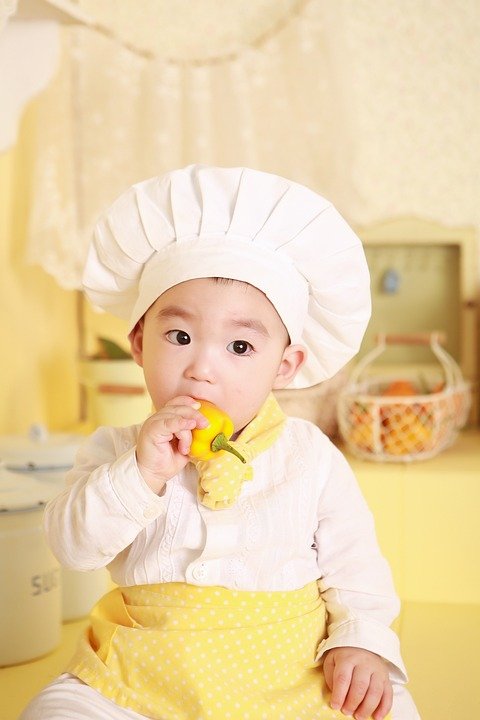


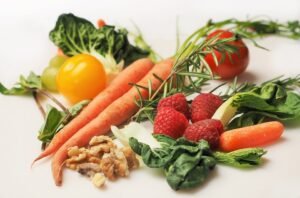


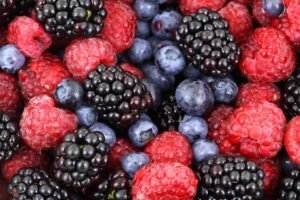
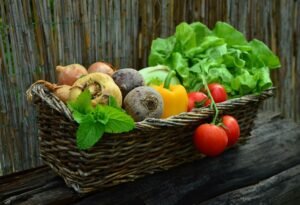




Post Comment